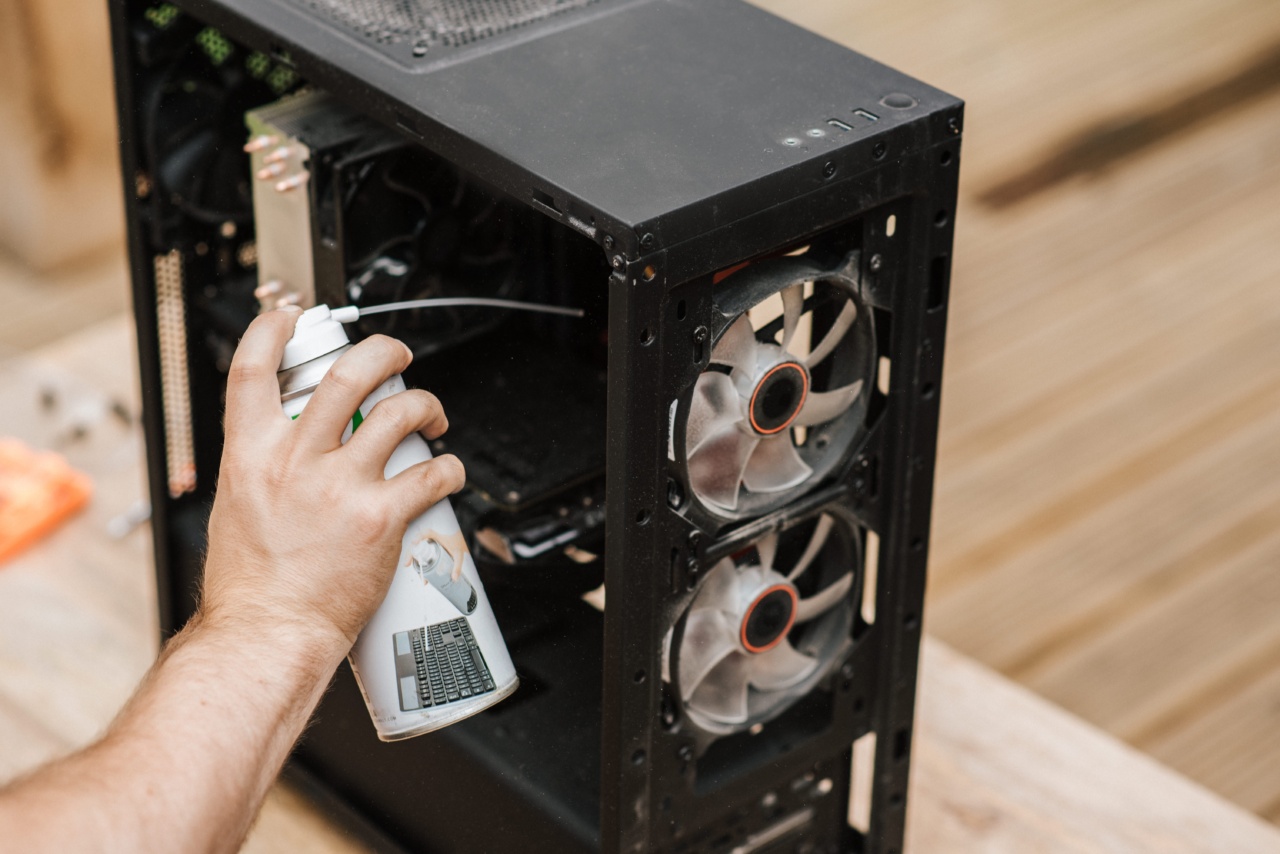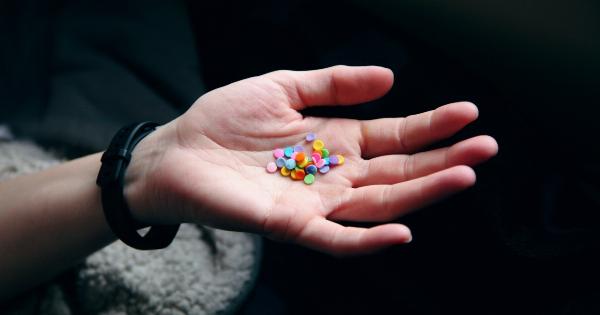When it comes to household chores, we often overlook the potential hazards lurking in the products we use every day. While these chemicals help us in cleaning our homes, they can also wreak havoc on our skin.
Exposure to certain household chemicals can lead to skin irritations, allergies, and even more severe dermatological conditions. To protect your skin, it’s essential to be aware of the potential dangers and take adequate precautions. Here are 15 household chemicals that can damage your skin:.
1. Bleach
Bleach is a powerful disinfectant commonly used for cleaning and laundry purposes. It’s known to cause skin irritation and dryness. Prolonged exposure or direct contact with bleach can lead to chemical burns and severe skin damage.
It’s crucial to wear gloves and protect your skin when handling bleach.
2. Ammonia
Ammonia is found in various cleaning products, like glass cleaners and oven cleaners. It can cause dermatitis and allergic reactions when it comes into contact with your skin.
Ensuring proper ventilation and wearing gloves while using products containing ammonia can help minimize the risk.
3. Formaldehyde
Formaldehyde is a preservative commonly found in household products such as disinfectants, cleaning agents, and even some cosmetics. It is a known carcinogen and can also cause skin allergies and irritation.
Be cautious when using products that contain formaldehyde and opt for safer alternatives whenever possible.
4. Hydrochloric Acid
Hydrochloric acid is a highly corrosive substance used in various cleaning products, primarily for toilet cleaning. Direct skin contact can cause severe burns and chemical reactions.
Always wear protective clothing and gloves when using products containing hydrochloric acid.
5. Sodium Hydroxide
Sodium hydroxide, also known as caustic soda, is used in drain cleaners, oven cleaners, and some detergents. It’s a strong alkali that can cause burns and skin irritations.
Avoid direct contact with sodium hydroxide and use gloves while handling products containing this chemical.
6. Phthalates
Phthalates are a group of chemicals commonly used in plastics and various personal care products. They can disrupt the endocrine system and cause skin allergies and sensitivities.
Look for phthalate-free products and limit your exposure to these chemicals as much as possible.
7. Triclosan
Triclosan is an antibacterial and antifungal agent commonly found in soaps, hand sanitizers, and toothpaste.
Prolonged exposure to triclosan can cause skin irritation, contact dermatitis, and may even contribute to the development of antibiotic-resistant bacteria. Use products without triclosan or choose natural alternatives.
8. Fragrances
Fragrances are added to many household products, including cleaning agents, air fresheners, and laundry detergents. However, synthetic fragrances can cause skin irritations and allergic reactions, especially for individuals with sensitive skin.
Opt for unscented or fragrance-free products to minimize the risk.
9. Chlorine
Chlorine is commonly used in swimming pools, cleaning products, and even tap water. It can strip away the natural oils that protect your skin, leading to dryness, rashes, and even exacerbating existing skin conditions like eczema.
After swimming or using chlorine-based products, make sure to rinse and moisturize your skin thoroughly.
10. Perchloroethylene
Perchloroethylene, also known as perc, is a chemical commonly found in dry cleaning solutions. Prolonged exposure to perc can cause skin dryness, irritations, and even liver and kidney damage.
Minimize your exposure by opting for eco-friendly dry cleaning alternatives.
11. Sodium Lauryl Sulfate (SLS)
Sodium lauryl sulfate is a surfactant used in many household cleaning and personal care products. It can cause skin irritation, dryness, and contribute to the disruption of the skin’s natural barrier function.
Look for SLS-free alternatives and moisturize your skin after using products containing this chemical.
12. Ammonium Lauryl Sulfate (ALS)
Similar to SLS, ammonium lauryl sulfate is a surfactant used in cleaning products and personal care items. ALS can strip away the natural oils from the skin, leading to dryness and irritation. Opt for ALS-free products to protect your skin.
13. Coal Tar
Coal tar is a byproduct of coal processing commonly found in dandruff shampoos, soaps, and other personal care items used to treat skin conditions like psoriasis and eczema.
Prolonged use of products containing coal tar can make your skin more sensitive to sunlight and may cause skin irritations and discoloration. Use coal tar products sparingly and follow recommended usage guidelines.
14. Acetone
Acetone is a common solvent found in nail polish removers and various cleaning products. It can dry out the skin, leading to irritation and even chemical burns. Use acetone-based products in a well-ventilated area and moisturize your hands afterward.
15. Aerosol Sprays
Aerosol sprays, such as air fresheners and furniture polishes, can contain a combination of chemicals that might be harmful to your skin. These chemicals can cause contact dermatitis and trigger allergies.
Limit your exposure to aerosol sprays and ensure proper ventilation when using them.
Conclusion
Protecting your skin from household chemicals is vital for maintaining healthy and vibrant skin. Avoid direct skin contact with these harmful substances whenever possible, and always read product labels to identify potential skin irritants.
Opt for non-toxic and eco-friendly alternatives to minimize your exposure to these hazardous chemicals. By taking proactive measures, you can safeguard your skin and reduce the risk of developing skin allergies, irritations, or more severe dermatological conditions.































